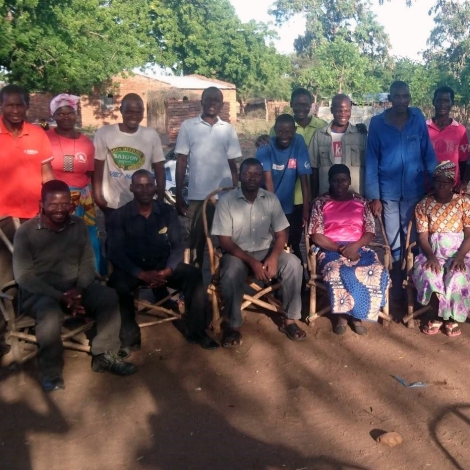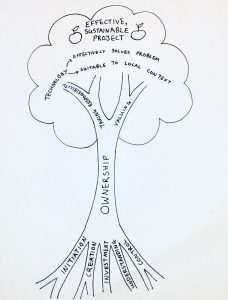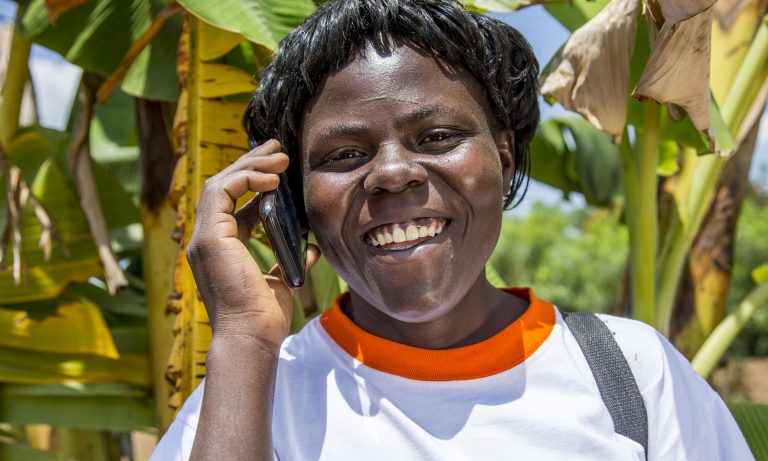Mounting evidence affirms that community ownership of a development project is key for long-term impact. We know this Instinctively. We are more likely to care for and use something to its full potential if we have worked hard for it. ‘Ownership’ is no less important in projects involving technologies.
Engineering for Change’s Introduction to Engineering for Global Development includes ownership as an important aspect of the ‘sustain’ phase. Yet while engineers in global development may recognize its importance, identifying how to achieve community ownership and measuring the extent of its presence can be a challenge.
Video: E4C’s Introduction to Engineering for Global Development
In response, my former colleagues and I at University College London developed a quasi-quantitative, simple and quick-to-use tool, the ‘Technology Projects Assessment Framework.’ The framework considers implementation factors, the degree of community ownership and predicts long-term sustainability before project completion.
The framework draws upon the findings from a literature review and semi-structured interviews with experts in appropriate technology and community development, identifying which factors affect the effectiveness and sustainability of appropriate technology projects. I began laying groundwork for this tool during an MSc Thesis project investigating the effectiveness and sustainability of different approaches to irrigation in Malawi. Now its development and validation continues under the leadership of Eagles Relief and Development Programme, a Malawian NGO and partner in the original research.
Suitability or “appropriateness” of the technology emerged as the highest priority factor, as engineers might expect, but it is closely followed by the degree of community ownership. Other important factors include affordability, inclusivity of the vulnerable, environmental impact, adaptation to the local context, sensitivity to local culture, and other power-dynamics. Also relevant are whether the project has met traditional monitoring targets, such as the number of users reached by the technology and extent of livelihood change for end users.
The framework considers implementation factors, the degree of community ownership and predicts long-term sustainability before project completion.
In relation to ‘ownership’, the research into best practice showed that it requires more than just community participation. Ownership can be evaluated based on seven elements. Those are the degree to which the community:
- Initiates the project
- Creates the technology (the idea, the design, and the construction)
- Invests resources and time in construction and maintenance
- Understands the technology
- Has decision-making control
- Takes active responsibility
- And values the technology’s usefulness
The framework is structured in two sections. The first series of questions are broader, while the second focuses on the elements of ownership, all answered on a seven-point system. The scores can then be averaged to quickly provide a project-specific estimate of effectiveness and sustainability. The framework’s questions can be completed by the project team, but can also be adapted into a participatory format to use with end-users and other stakeholders within the community. The combination is ideal as it was found that community members, who can better evaluate their own sense of ownership, often produced different scores than the project team on ownership metrics.
Based on the insights from field testing, we identified the tool’s limitations. The framework combines data from two different question styles (a scale of agreement and a most relevant statement), and questions may need to be rephrased, enabling staff biases to affect the outcome. Except in a very general sense, the scores generated cannot be used to compare different projects. Nonetheless, validation against several existing projects affirmed that high scores on the framework corresponded to projects that had achieved long-term impact, highlighting its potential value at each stage of the project cycle. Although developed for evaluating projects, if a high score corresponds with project success then considering its elements is vital for project design and monitoring.
Validation against several existing projects affirmed that high scores on the framework corresponded to projects that had achieved long-term impact.
The framework must be used with an awareness that it was designed and validated in the context of technologies provided by donors to communities rather than products purchased by individuals or communities, although updates have been made to broaden its utility and a further validation process is now ongoing.
While this tool may not be suitable to evaluate all relevant projects, I hope that everyone involved in designing and deploying technology un underserved communities will recognize that each of the factors behind this tool are important to achieve effectiveness and sustainability.
PDF: Technology Projects Assessment Framework
Those who are looking to use the tool or are in a position to help validate or improve it can contact me for updates.
About the Author
Jonathan Kemp is a program specialist at Engineering for Change, and serves as Technical Manager of projects in solar energy, irrigation and water supply for Eagles Relief and Development Programme, a Malawian non-governmental organization. At the time of writing, Jonathan was piloting a novel solar-powered irrigation pump designed through a participatory process with Malawian smallholder farmers so they can construct the pumps themselves using locally available and affordable materials.


